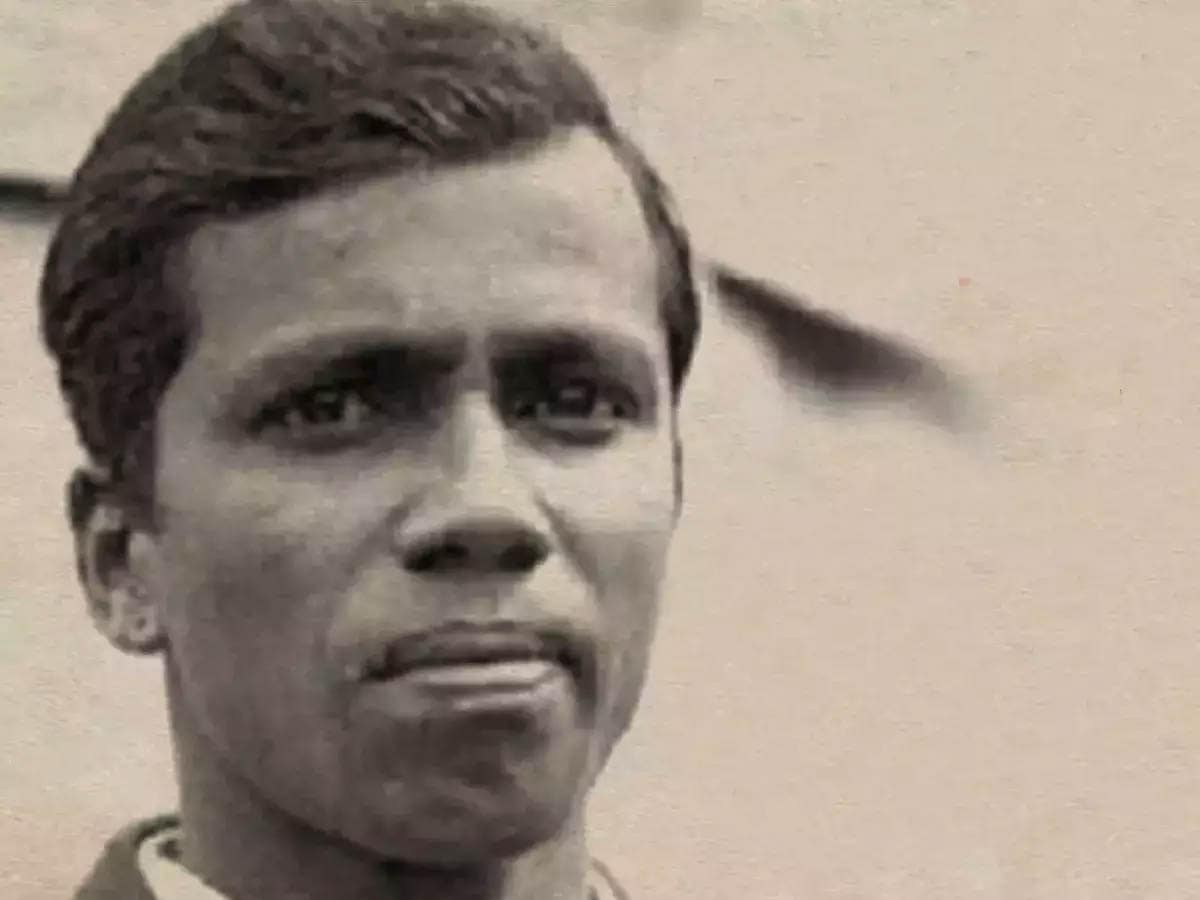
Since it began in 2008, the IPL has transformed cricket into a high octane, entertainment packed spectacle that attracts millions of viewers worldwide and generates millions of dollars. As a result, IPL cricketers are among the highest paid sportsmen in all the cricket playing countries of the world. Nowadays it is difficult to imagine that at one time, there were many players who led a hand to mouth existence.
One such player was India’s first opening batsman Janardan Navle. As a wicketkeeper-cum-opening batsman, he had the honour of facing the very first delivery for India in the first ever Test match that India played at the Lords ground in 1932.
Wisden praised him
In an article, Wisden magazine described him as a first rate wicket keeper and very quick moving in everything that he did on the field. Well known cricket journalist Neville Cardus was also impressed with his game. England’s legendary batsman Jack Hobbs too had a high opinion of Navle.
Before playing in India’s first official Test match he had already represented India against an MCC outfit led by Arthur Gilligan in 1926. For many years he also played in the Quadrangular and Pentangular tournaments that were held in India. The Ranji trophy had not started at the time.
Unfamiliar conditions
When he went to England, Navle found himself in a completely unfamiliar environment. Not only was the climate cold but he could hardly eat any of the food which he felt was absolutely tasteless. The same applied to most of the other Indian players. But they all did the best they could under the circumstances.
Hostile bowling
When he opened India’s first innings, he faced the hostile bowling of fast bowlers Bill Bowes and Bill Voce who later became notorious as partners of the dreaded Harold Larwood in the Bodyline series between England and Australia.
It was summer in England but for Navle who played his cricket in warm and sunny Bombay, even the English summer felt cold. The bowling was faster and the ball bounced and deviated more than anything he had ever seen before. Yet every minute that he was on the field, he gave his best effort for India.
In the role of a wicket-keeper, Navle was efficient and lived up to expectations. He took a well judged catch to dismiss England captain Douglas Jardine off the bowling of CK Nayudu. On the entire tour he dismissed 41 batsmen, some were caught and some were stumped.
Jack Hobbs said later that Navle was as good if not better than England’s wicket keeper George Duckworth and Australia’s Bert Oldfield. The opinion of Jack Hobbs carries weight because the ace batsman had scored 15 Test centuries and nearly 200 first class centuries in his career.
Worked as security guard
But thereafter the sad part of Novle’s story comes into the picture. Since very few international matches were played back then, Navle played in only one more Test match before leaving the game forever. When not playing cricket he worked as a security guard in a sugar mill. After representing India and catching the eye of England’s experts with his abilities, he went back to standing at the gate of a sugar mill to earn a livelihood.
Every day from morning to night, he would stand at his post and earn a pittance as his salary at the end of the month. In old age he was too infirm and weak to carry on with his work as a security guard. Some news reports mention that he died in poverty and may even have resorted to begging near a highway to make ends meet.
The man who made history for India by facing the first ever ball in Test cricket and earned praise from experts of the game, died forgotten and unlamented. Nothing is known about his family — how many children he had, what they did or whether he was survived by his wife. The media lost interest in him after his cricket career had finished. In the end he was merely one of the many impoverished persons who died uncared for, on the streets of India.



